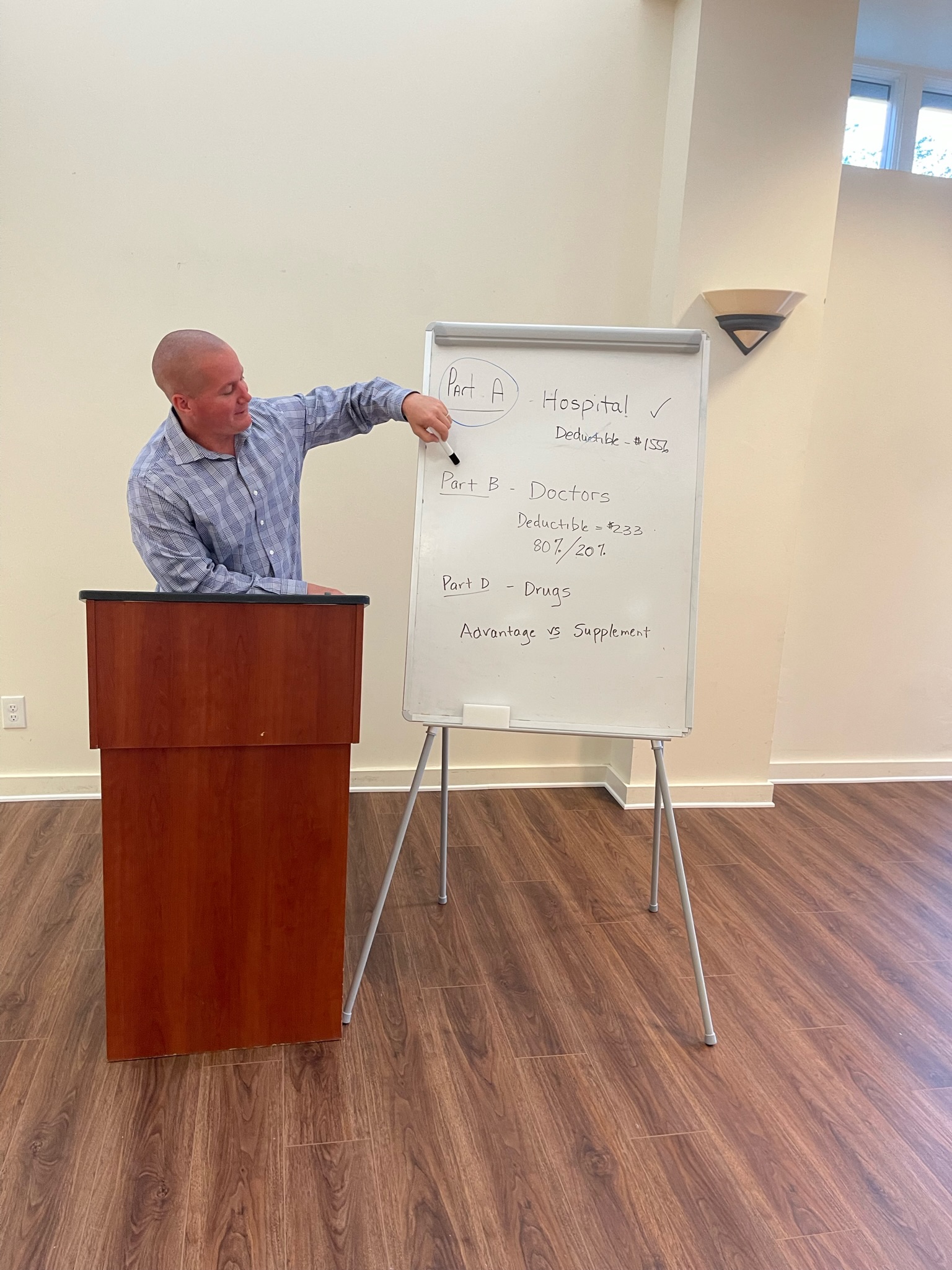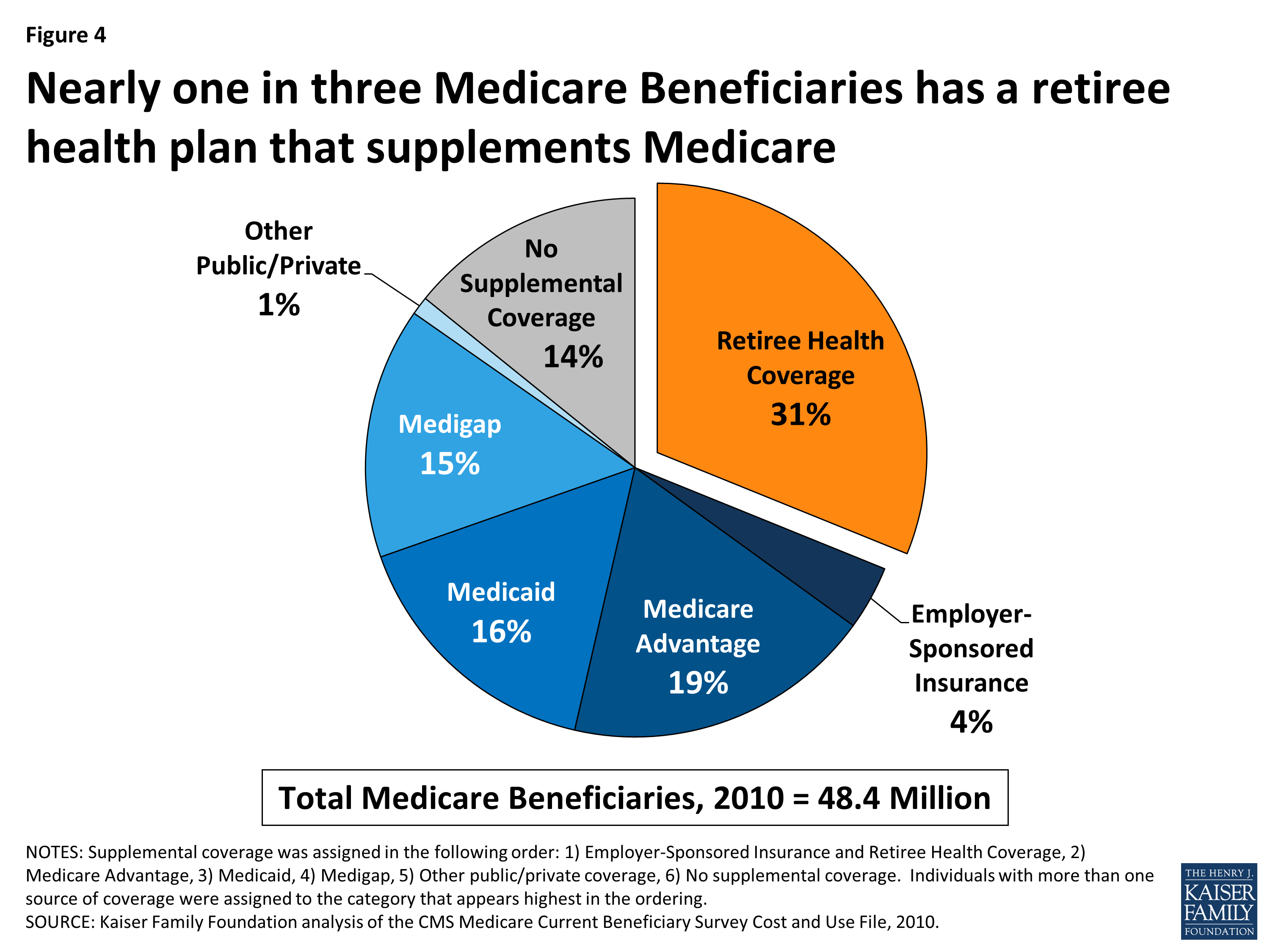Medicare Advantage Agent - Truths
Medicare Advantage Agent - Truths
Blog Article
A Biased View of Medicare Advantage Agent
Table of ContentsAll About Medicare Advantage AgentThe Buzz on Medicare Advantage AgentGetting My Medicare Advantage Agent To Work


follows from complies with the relatively young age profile of the uninsured with without insurance better healthMuch better wellness average, of younger persons. For those without accessibility to office health and wellness insurance policy, bad health is a potential obstacle to buying nongroup protection since such coverage might be highly priced, exclude pre-existing problems, or be merely inaccessible. Unless or else noted, nationwide estimates of individuals without wellness insurance policy and proportions of the populace with different kinds of coverage are based on the CPS, the most commonly utilized resource of price quotes of insurance policy coverage and uninsurance rates.

Things about Medicare Advantage Agent
The connection between health insurance policy and accessibility to care is well established, as documented later in this phase. The relationship between wellness insurance coverage and health and wellness outcomes is neither direct nor easy, a comprehensive medical and health and wellness services study literature web links wellness insurance policy coverage
to improved better to care, better qualityTop quality and improved personal and population populace status. The second record, on individual health and wellness outcomes for uninsured grownups, is stood for by the innermost circle of the figure, while the 3rd report, on family well-being, encompasses the topics of the 2nd record but highlights a different unit of analysis, namely, the family.
It concentrates especially on those without any type of wellness insurance coverage for any size of time. The troubles dealt with by the underinsured are in some aspects similar to those dealt with by the without insurance, although they are normally less extreme. Uninsurance and underinsurance, nevertheless, involve noticeably various plan concerns, and the methods for addressing them may differ. Throughout this research and the five records to adhere to, the main emphasis is on individuals without health insurance and thus no aid in paying for health care past what is readily available through charity and safety and security net institutions. Medical insurance is an effective variable affecting receipt of treatment due to the fact that both clients and medical professionals react to the out-of-pocket rate of solutions. Medical insurance, nonetheless, is neither required neither enough to get to medical services. Nevertheless, the independent and direct result of health and wellness
insurance coverage on accessibility to health and wellness services is well developed. Others will certainly obtain the healthcare they require even without health and wellness insurance, by paying for it expense or seeking it from suppliers who supply treatment totally free or at highly subsidized prices. For still others, wellness insurance alone does not learn the facts here now guarantee receipt of care as a result of various other nonfinancial barriers, such as an absence of healthcare companies in their community, limited access to transportation, illiteracy, or linguistic and cultural distinctions. Formal research study regarding without insurance populations in the USA dates to the late 1920s and very early 1930s when the Board on the Cost of Healthcare produced a series of reports regarding funding doctor office sees and hospital stays. This concern ended up being prominent as the numbers of clinically indigent climbed during the Great Depression. Empirical studies consistently support the web link in between access to care and boosted health outcomes(Bindman et al., 1995; Starfield, 1995 ). Having a regular resource of care can be thought about a forecaster of access, rather than a direct measure of it, when wellness results are themselves utilized as gain access to signs. This extension of the concept of access measurement was made by the IOM Committee on Checking Gain Access To to Personal Healthcare Provider(Millman, 1993, p. Whether or not parents are insured appears to affect whether their children receive treatment in addition to just how much careeven if the children Click This Link themselves have insurance coverage(Hanson, 1998). The health and wellness of parents can impact their capacity to look after their youngsters and the level of family members stress. Worrying about their youngsters's accessibility to care is itself a source of stress and anxiety for moms and dads. Three phases follow in this record. Phase 2 provides an overview of exactly how employment-based medical insurance, public programs and specific insurance coverage operate and interact to provide considerable yet insufficient coverage of the united state populace. This consists of a testimonial of historical trends and public plans impacting both public and exclusive insurance policy, a conversation of the communications amongst the various kinds of insurance policy, and an examination of why individuals move from one program to another or end up

Report this page